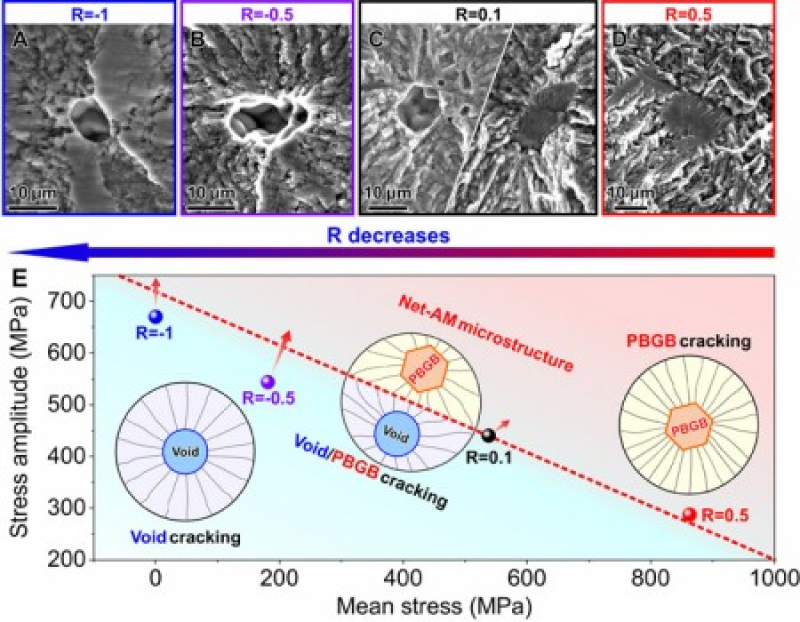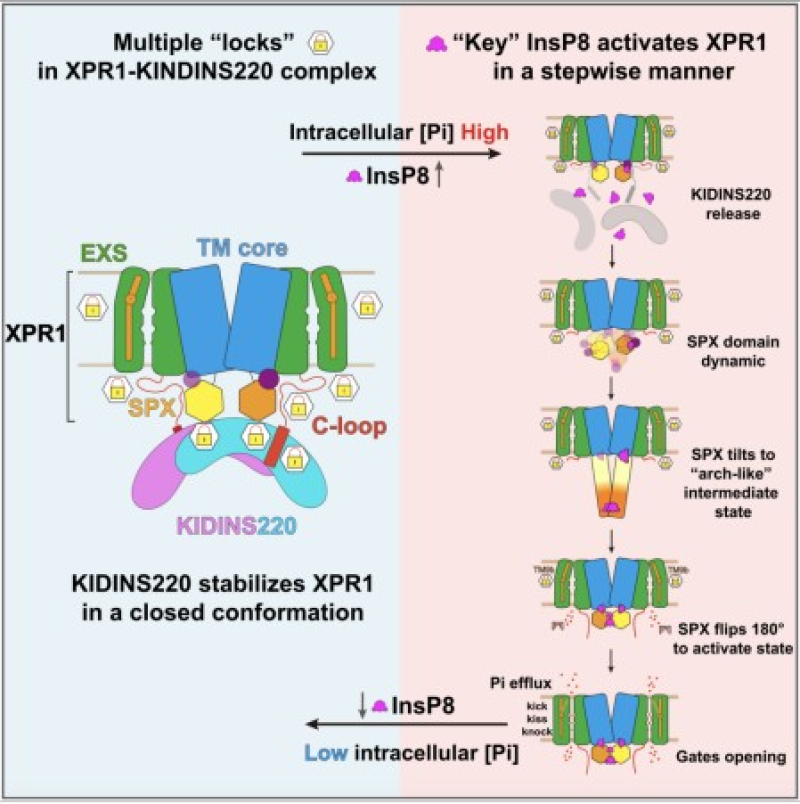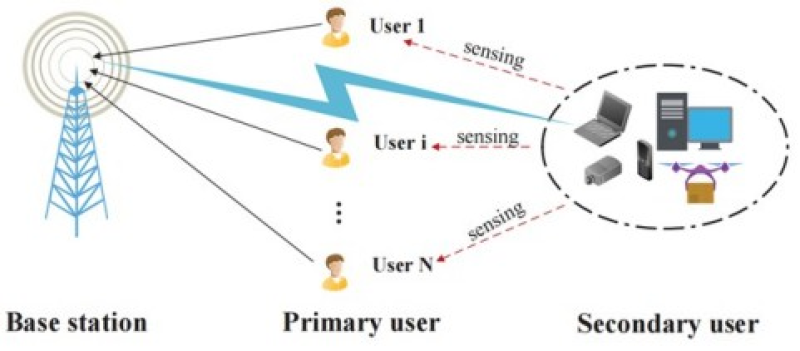Weekly Advanced Technologies〔87〕

Weekly Advanced Technologies〔87〕丨Breakthrough in Metal 3D Printing: New Process Eliminates Microvoids for Extreme Durability; Decrypting the Guardian Protein: Structural Revelation of Phosphoregulation in Cerebral Calcification Prevention
Conventional 3D-printed metals often face limitations due to fatigue susceptibility, yet a Chinese Academy of Sciences research team has overcome this technological barrier by developing titanium alloys with exceptional fatigue resistance across diverse stress environments, thereby unlocking new possibilities for high-end manufacturing. Meanwhile, in life sciences—where phosphorus is essential yet potentially pathogenic when accumulated—a Sino-international research consortium has achieved a world-first revelation: the precise regulatory mechanism of key phosphate-exporting proteins in cells. This discovery sheds new light on combating diseases like cerebral calcification.、
Based on the weekly diary of technology provided by the daily list of the NCSTI online service platform, we launch the column "Weekly Advanced Technologies" at the hotlist of sci-tech innovation. Today, let's check out No.87.
1. Science Advances丨Breakthrough in Metal 3D Printing: New Process Eliminates Microvoids for Extreme Durability

Representative fatigue fractographies and corresponding crack initiation site of NAMP Ti-6Al-4V alloy at different stress ratios.
A team from the Institute of Metal Research, Chinese Academy of Sciences, has achieved a critical breakthrough in addressing the challenge of poor fatigue performance in additive manufactured metal components under complex service conditions. Traditional additive manufacturing exhibits defects such as micro-pores, leading to insufficient fatigue performance; particularly under varying stress ratios (i.e., force variations), the mechanisms of fatigue cracking become multifaceted and difficult to comprehensively resist damage, severely constraining its application in high-end fields like aviation.
Previously, the team developed the NAMP process, which significantly enhanced the tension-tension fatigue performance of additively manufactured Ti-6Al-4V titanium alloy and set a world record. Building on this foundation, they further focused on the issue of variable stress ratios in practical operating conditions, systematically identifying three types of "weaknesses" and their sensitive intervals in titanium alloy fatigue cracking. Research revealed that the nearly micro-pore-free "Net-AM" microstructure obtained via the NAMP process can synergistically optimize these three defects, thereby demonstrating superior fatigue resistance across different stress ratios.
Experimental results indicate that the Net-AM microstructure Ti-6Al-4V alloy exhibits fatigue strength exceeding all known titanium alloys over the full range of stress ratios, while its specific fatigue strength (fatigue strength per unit density) surpasses that of all metallic materials. This not only overturns the conventional perception that "additively manufactured materials lack fatigue durability" but also unveils the inherent advantages of additive manufacturing for complex structural load-bearing components. It establishes a solid foundation for the large-scale application of 3D printing technology in aerospace and other fields, while providing a new direction for optimizing the fatigue performance of traditionally forged titanium alloys.
2. Molecular Cell 丨Decrypting the Guardian Protein: Structural Revelation of Phosphoregulation in Cerebral Calcification Prevention

Regulatory Model of XPR1 Phosphate Transporter Activity by KIDINS220 and InsP8
A research team led by Zhang Yixiao from the Shanghai Institute of Organic Chemistry, Chinese Academy of Sciences, in collaboration with groups including Ben Corry (Australian National University), Sun Yadong (ShanghaiTech University), and Stephen Shears (National Institute of Environmental Health Sciences, USA), has systematically revealed the regulatory and transport mechanisms of XPR1—the only known phosphate exporter protein in humans. XPR1 is crucial for maintaining intracellular phosphorus homeostasis, and its dysfunction is linked to multiple diseases, including primary familial brain calcification (PFBC) and cancer. While the diphosphoinositol pyrophosphate (InsP8) activates XPR1, and the scaffolding protein KIDINS220 forms a complex with it for regulation, the precise mechanisms had remained elusive.
A research team led by Zhang Yixiao from the Shanghai Institute of Organic Chemistry, Chinese Academy of Sciences, in collaboration with groups including Ben Corry (Australian National University), Sun Yadong (ShanghaiTech University), and Stephen Shears (National Institute of Environmental Health Sciences, USA), has systematically revealed the regulatory and transport mechanisms of XPR1—the only known phosphate exporter protein in humans. XPR1 is crucial for maintaining intracellular phosphorus homeostasis, and its dysfunction is linked to multiple diseases, including primary familial brain calcification (PFBC) and cancer. While the diphosphoinositol pyrophosphate (InsP8) activates XPR1, and the scaffolding protein KIDINS220 forms a complex with it for regulation, the precise mechanisms had remained elusive.
This achievement has not only clarified the core molecular mechanism governing phosphate homeostasis regulation but has also provided a theoretical foundation for understanding the pathogenesis of PFBC, cancer, and related disorders. It holds significant promise for advancing the development of novel diagnostic and therapeutic strategies targeting these diseases.
3. IEEE T Wirel Commun Smarter Spectrum Sharing in 6G via Adaptive Threshold Learning Algorithms

Spectrum Sensing Model for Multi-User Uplink Transmission in IoT Scenarios
A research team led by the Shanghai Advanced Research Institute of Chinese Academy of Sciences has developed an innovative multi-orbital spectrum sensing technique for 6G IoT applications, in collaboration with Shanghai University, University of Science and Technology Beijing, and University of British Columbia. This breakthrough solution significantly improves spectrum utilization efficiency in Non-Orthogonal Multiple Access (NOMA) systems, overcoming the limitations of conventional sensing methods that often fail to accurately detect spectrum availability in shared-band environments - a critical challenge for future 6G networks supporting massive device connectivity with constrained spectrum resources.
To address this challenge, the research team innovatively introduced an "orbital modeling" concept, abstracting each user's signal transmission characteristics in the power-frequency domain as a distinct "orbit," enabling structured analysis of complex non-orthogonal signals. Building upon this foundation, they developed a two-phase sensing framework:
The first phase employs signal processing techniques to enhance user feature differentiation for preliminary orbit estimation; The second phase combines orbit coverage analysis with channel state information to accurately detect spectrum vacancies, with adaptive threshold adjustment ensuring stable operation across varying user densities and interference environments. The team further derived an optimal sensing threshold formula for multi-user scenarios, demonstrating excellent scalability for practical deployments.
Simulation results demonstrate that the novel method achieves a 30% improvement in system throughput at 5dB SNR while maintaining false alarm rates below 10%, with sustained efficiency and robustness even in dense user scenarios. The technology has successfully achieved deep integration between spectrum sensing and non-orthogonal access, showcasing distinct advantages in low computational complexity and high adaptability. This breakthrough has provided critical technical support for implementing elastic spectrum management and enabling massive IoT connectivity in future 6G networks.